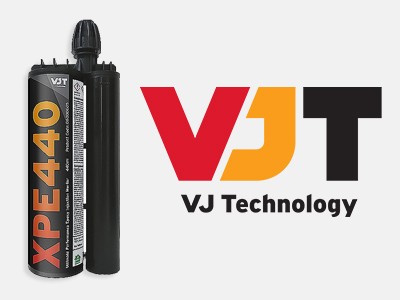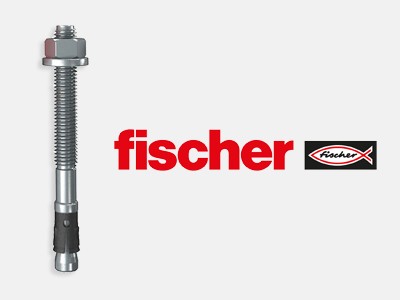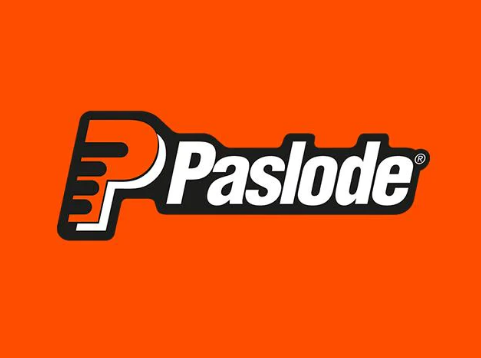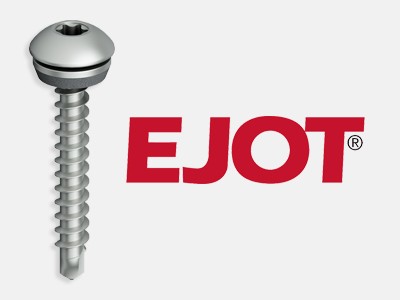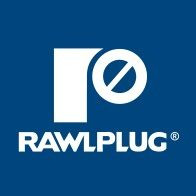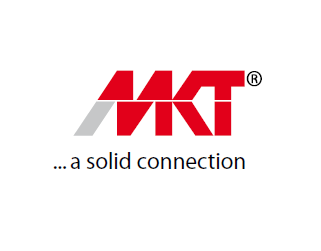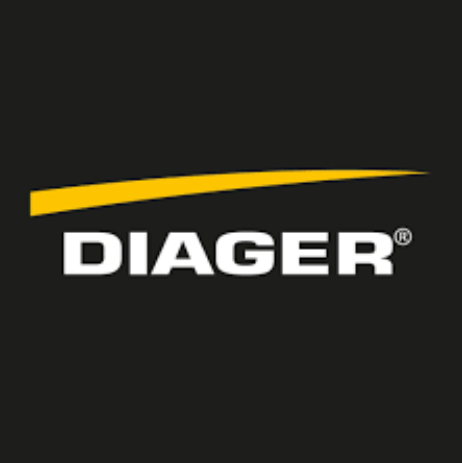Hi Vis Standards Explained
02 March 2018
When conditions begin to affect how well other workers can be seen on site, high visibility work wear is essential to keeping everyone safe, especially during winter months, when daylight working hours are at a minimum, it is vital to keep your employees fully prepared.

High visibility workwear (Hi Vis) improves an employee’s visibility to others with a combination of reflective strips and fluorescent material. If you are in an industrial or commercial setting, Hi Vis clothing must comply with EN471:2003 specification. As an employer, it is your legal duty to provide adequate Hi Visibility equipment free of charge and in a good working condition.
To ensure you meet your duty of care, VJ Technology stocks a vast range of Hi Vis workwearincluding waistcoats, Jackets and Polo Shirts.
Hi Vis Classes
The level of protection your Hi Visibility clothing should provide depends on several factors including lighting conditions and weather conditions. In certain situations, lighter levels of protection can suffice, however, in some circumstances, greater levels of protection are essential to your employee’s safety.
Hi Visibility clothing is split into 3 different classes:
Class 3:
• For high risk situations – Construction workers on site with heavy machinery, highway engineers
• Minimum background material 0.8m2
• Minimum reflective material 0.2m2
Class 2:
• Medium risk situations – Constructions workers on site without heavy machinery – may not include full body cover (waistcoats/t shirts)
• Minimum background material 0.5m2
• Minimum reflective material 0.13m2
Class 1:
• Low risk situations with marginally reduced visibility and without heavy moving machinery on site.
• Minimum background material 0.14m2
• Minimum reflective material 0.10m2
Key Safety Points to Remember
1 – Job Suitability
Like all PPE, Hi Vis workwear must always be suitable for the job of the worker using it. Heavy coats will become too warm during intensive tasks and loose clothing can be a snag risk around machinery. Where necessary, a range of appropriate Hi Vis workwear should be made available, so the worker has the ability to change workwear depending on the task being carried out.
2 – Comfort
If workwear is ill fitting or uncomfortable, it can become a hazard by restricting the user. A lack of comfort can also encourage reduced compliance and potentially endanger life in high risk situations.
3 – Compatibility
In circumstances where multiple pieces of PPE must be worn, it is important that each item does not affect the protection the others are providing. For example, additional clothing for fire risk or chemical exposure.
4 – Cleaning and Maintenance
If your Hi Vis work wear is damaged or dirty, it will not provide the same levels of protection to your workers. A regular safety inspection and cleaning schedule is essential.
Overtime, washes will reduce the effectiveness of the reflective materials so it is important to replace Hi Vis clothing after roughly 25 washes.

